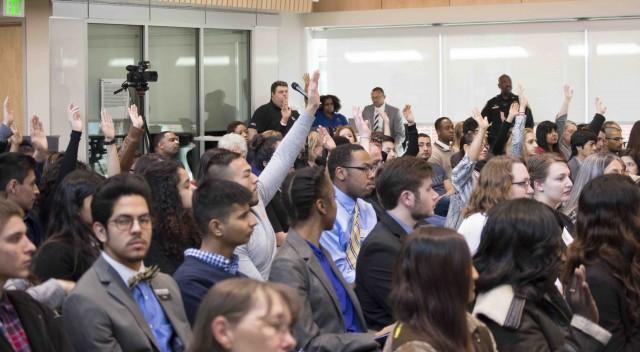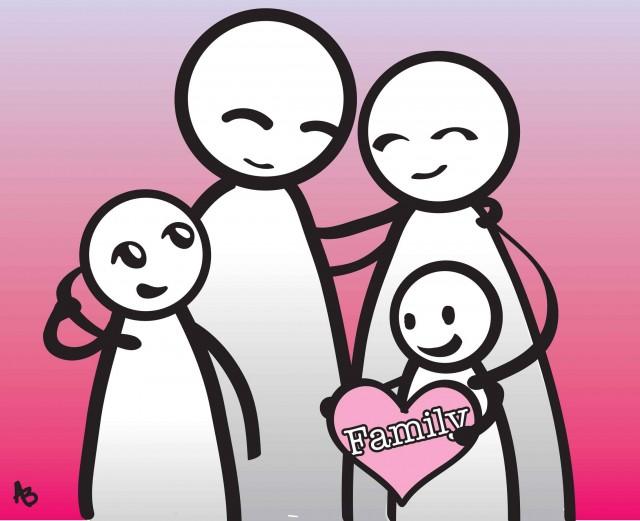By Yueying Zhu/reporter

In today’s world, few students can graduate from college without incurring some debt, a SE success coach said Feb. 1.
As part of the campus’ Money Mondays series, Edward Hicks presented Investing in Education. He said there are two kinds of loans to pay for college: federal and private.
“The type of the school the student attends affects the cost of tuition,” he said. “It also affects how much students want to borrow and later repay.”
The three types of direct loans are subsidized, unsubsidized and PLUS loans.
Students may be eligible to receive subsidized and unsubsidized loans based on their financial need.
The key difference between a subsidized loan and an unsubsidized loan is who pays the interest while the student is in school at least half-time, Hicks said.
With direct loans, students and parents may borrow from the Department of Education to pay the college expenses.
“The direct loans are fast qualified for you,” he said.
However, students don’t have to receive the full amount they are qualified to get.
“For example, if a student is offered a $3,500 loan and does not need that much to cover college, the student can always go back and ask for the rest later as needed,” he said.
If students do not need that money to pay their expenses, they probably cannot keep the money until they graduate. It depends on the type of loan they have, he said. By the time they graduate, what they owe might be double the amount of the original loan because of interest rates.


























